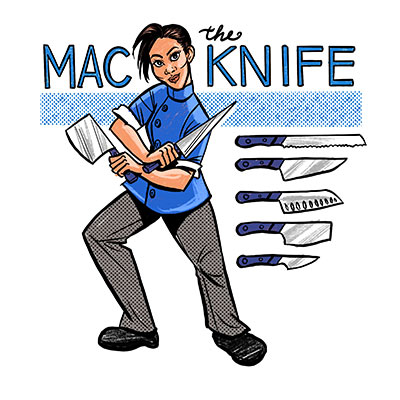In the Lunchbox
Chill Out: When packing a lunch, use a frozen juice box or bottled water as an ice pack to keep lunches fresh. Your food will stay cool and fresh, and you will have an ice-cold drink at lunchtime.
Say NO to Soggy Sandwiches: When making a sandwich, pack moist items like lunchmeat, tuna and chicken salad, lettuce, tomato, mayo, and mustard separately from the dry bread. All you have to do is assemble the sandwich at your lunch table for a fresh experience.
Bring the Heat: Incorporate soups, chili and casseroles into your weekly menu. If you do not have access to a microwave, invest in a small thermos to keep your hot foods hot.
The Cookie Crumbles: Pack chips, pretzels, cookies, crisps and delicate items in small reusable containers. Place hard food items at the bottom of the bag and soft items at the top. It’s like Tetris, but with food.
To-Go All the Way: When you do eat out or get delivery, save and reuse the extra condiments that come with your meal. Foods served in individual portions and in packet form, like ketchup, mustard, mayo, BBQ sauce, jelly, syrup, butter, and dressing are always being chucked into the wastebasket. Pop these in your lunch bag along with extra napkins, straws and utensils. This saves money, time and waste. It’s not called a ketchup pack-it for nothing.








